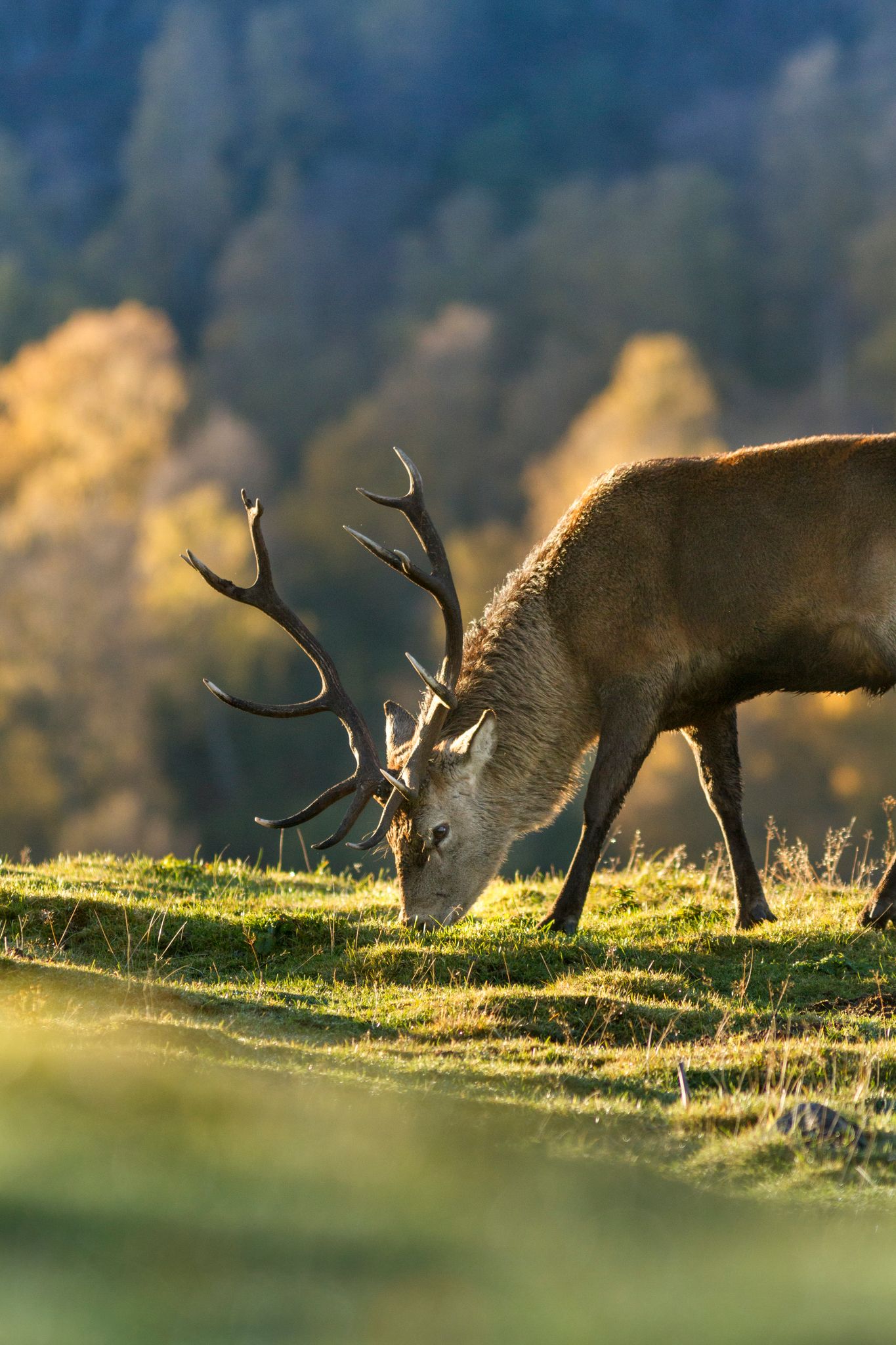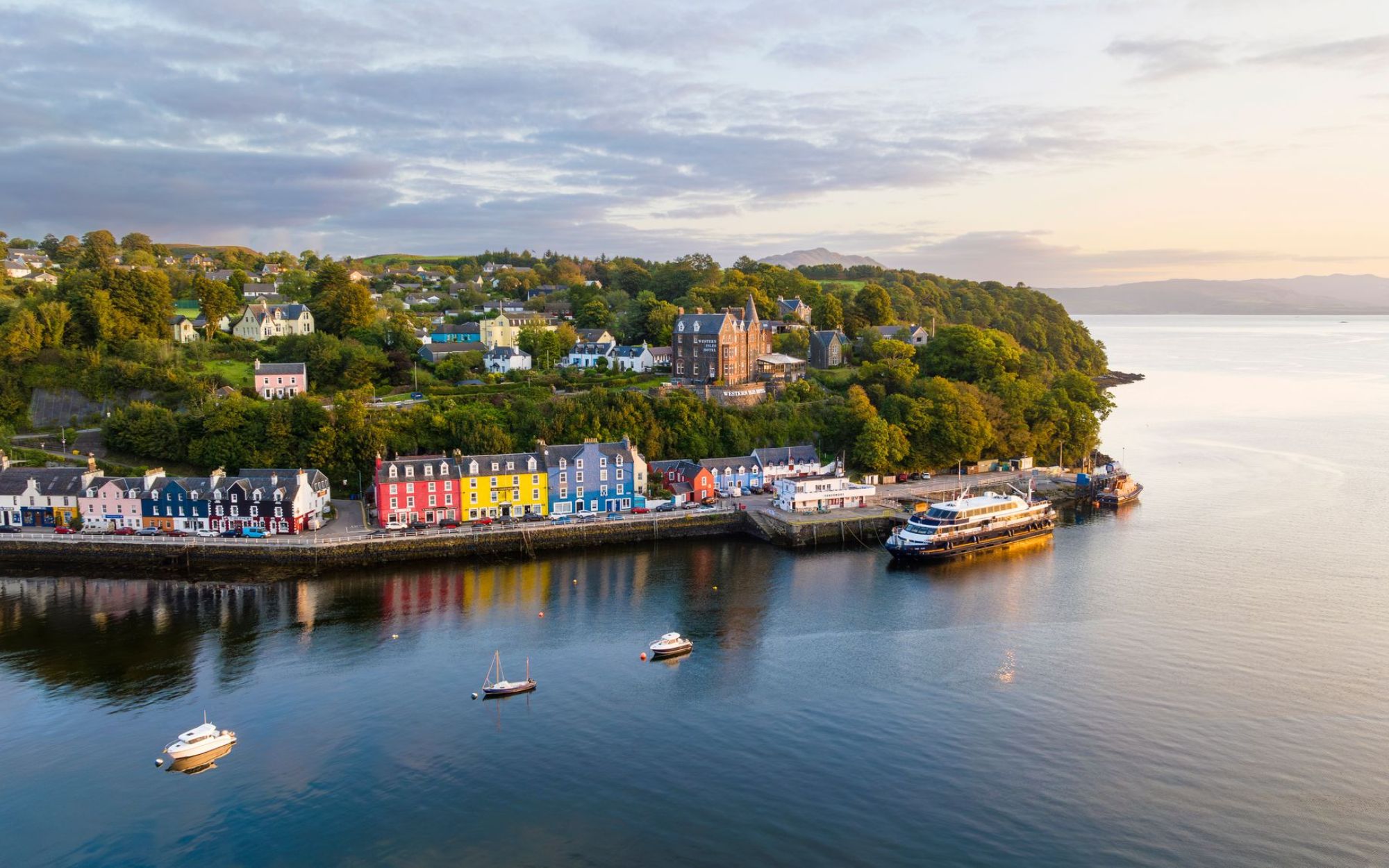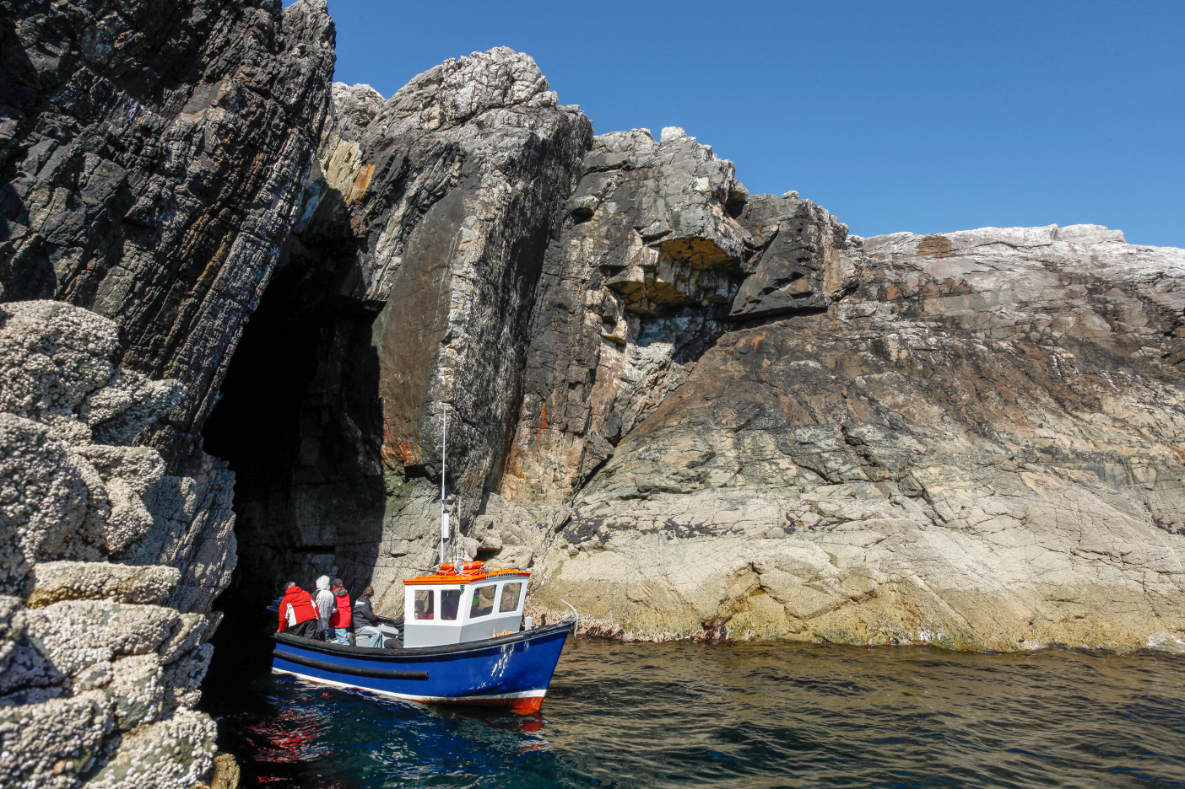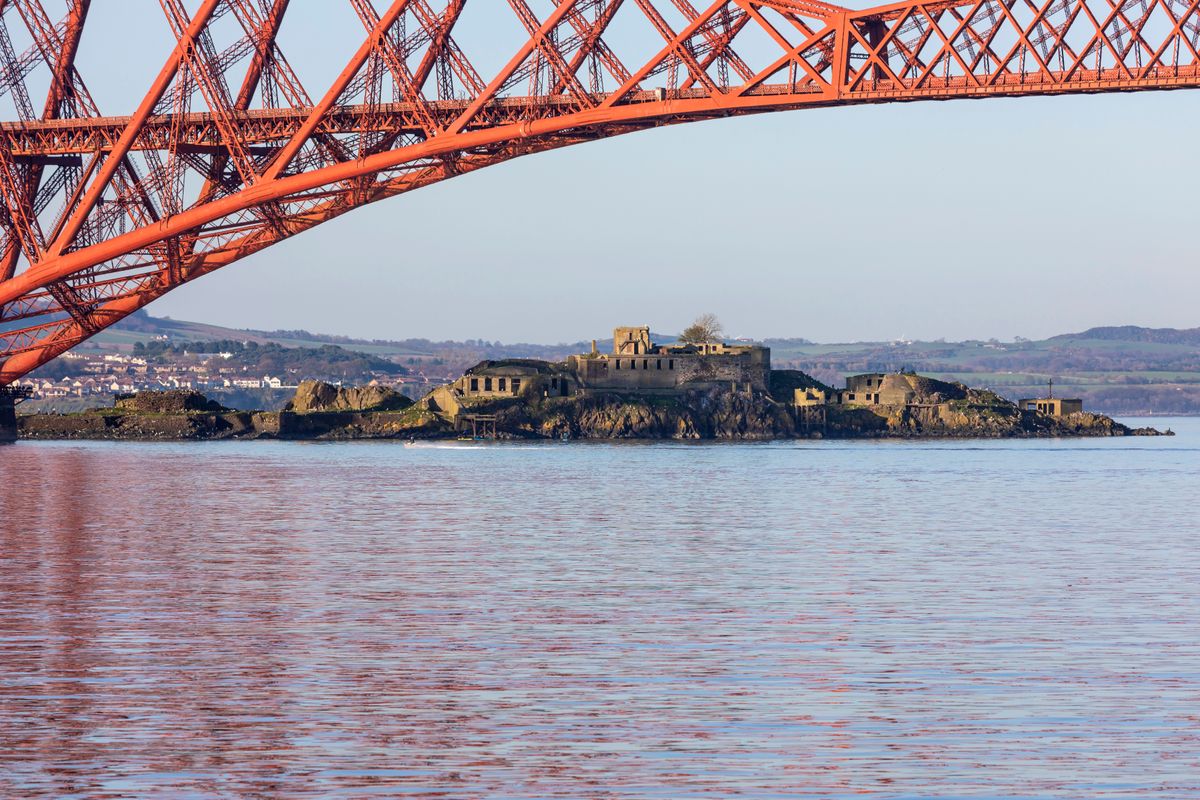
Where the Wild Things Are: The UK’s Best Wildlife Watching Destinations
You don’t need to leave the UK to experience unforgettable wildlife moments. From puffins perched on sea cliffs to red deer roaming moorland and seals basking on quiet beaches, Britain’s landscapes are home to an incredible array of creatures — many just a walk, ferry, or short drive away.
Whether you’re a keen naturalist or simply love the idea of spotting something special in the wild, these destinations offer some of the UK’s most memorable animal encounters.

1. The Isle of Mull, Scotland – For Sea Eagles and Otters
The Isle of Mull is a wildlife haven, renowned for its birdlife, marine mammals, and shy woodland creatures. It’s the best place in Britain to see white-tailed sea eagles, whose wingspans can reach an impressive 2.5 metres.
Take a boat trip to nearby Staffa for puffins in spring and summer, or join a wildlife tour to spot otters, seals, and even minke whales along the coast. With its remote feel and low light pollution, Mull is also a fantastic spot for stargazing.
2. Skomer Island, Pembrokeshire – For Puffins
Each spring and summer, Skomer Island transforms into one of the UK’s most magical wildlife spectacles. Just a short boat ride from the Pembrokeshire coast, the island welcomes thousands of puffins, guillemots, razorbills, and Atlantic grey seals.
Puffins are best seen between May and July, nesting in burrows just metres from footpaths. With no cars and limited visitor numbers, Skomer offers a peaceful, up-close experience with these charismatic seabirds.
3. The Cairngorms, Scotland – For Red Squirrels and Capercaillie
The Cairngorms National Park is home to some of the UK’s rarest species, including red squirrels, pine martens, and the elusive capercaillie — a striking woodland bird found in ancient Caledonian pine forests.
Autumn is perfect for spotting red deer during the rutting season, while spring and summer bring opportunities to see ospreys, crested tits, and mountain ptarmigan. Guided walks and hides help you spot wildlife without disturbing it.

4. Farne Islands, Northumberland – For Seabirds and Seals
Take a boat from Seahouses to the Farne Islands, and you’ll be greeted by thousands of nesting seabirds, including puffins, kittiwakes, and Arctic terns. The islands are also home to one of England’s largest grey seal colonies, with adorable white-furred pups appearing during autumn’s pupping season.
The rugged beauty and constant soundtrack of seabirds make this one of the most exhilarating wildlife experiences in northern England.
5. The New Forest, Hampshire – For Ponies and Deer
The New Forest is a living landscape shaped by centuries of animal grazing. New Forest ponies roam freely along roads, footpaths, and village greens, making encounters almost guaranteed.
The area is also home to fallow, red, and roe deer, as well as rare birds like nightjars and woodlarks. Whether you walk, cycle, or take a slow drive, the forest’s peaceful surroundings are rich with wildlife.

6. Moray Firth, Scotland – For Dolphins
The Moray Firth, near Inverness, is one of Europe’s best places to see bottlenose dolphins from land. These large dolphins are often spotted leaping and feeding near Chanonry Point, especially on a rising tide.
Wildlife boat tours offer the chance to see dolphins, seals, and occasionally orca further offshore. Even if the dolphins are elusive, the surrounding Highlands and coastline provide stunning views.
7. RSPB Minsmere, Suffolk – For Birdwatching
RSPB Minsmere on the Suffolk coast is a birdwatcher’s paradise. Look out for bitterns, marsh harriers, avocets, and even otters if you’re lucky.
The reserve’s mix of reedbeds, woodland, shingle beach, and heath attracts a huge variety of species year-round. With easy trails and hides, it’s also a great introduction to birdwatching for families.
Tips for Wildlife Spotting in the UK
- Go early or late: Dawn and dusk are often the best times to see wildlife.
- Bring binoculars: A good pair can make all the difference.
- Dress for the weather: UK wildlife watching often means waterproofs and layers.
- Be patient and quiet: Give nature time to reveal itself.
Respect the space: Keep a safe distance and stick to paths where required.
Explore the Wild with Great British Trips
At Great British Trips, we believe the best travel memories often happen in nature. Whether you want to explore Scotland’s islands, walk with wild ponies in Hampshire, or catch a glimpse of puffins on a cliff edge, we’ll help you plan a trip that puts you in the heart of it all.
Wild Britain is calling — are you ready to answer?
